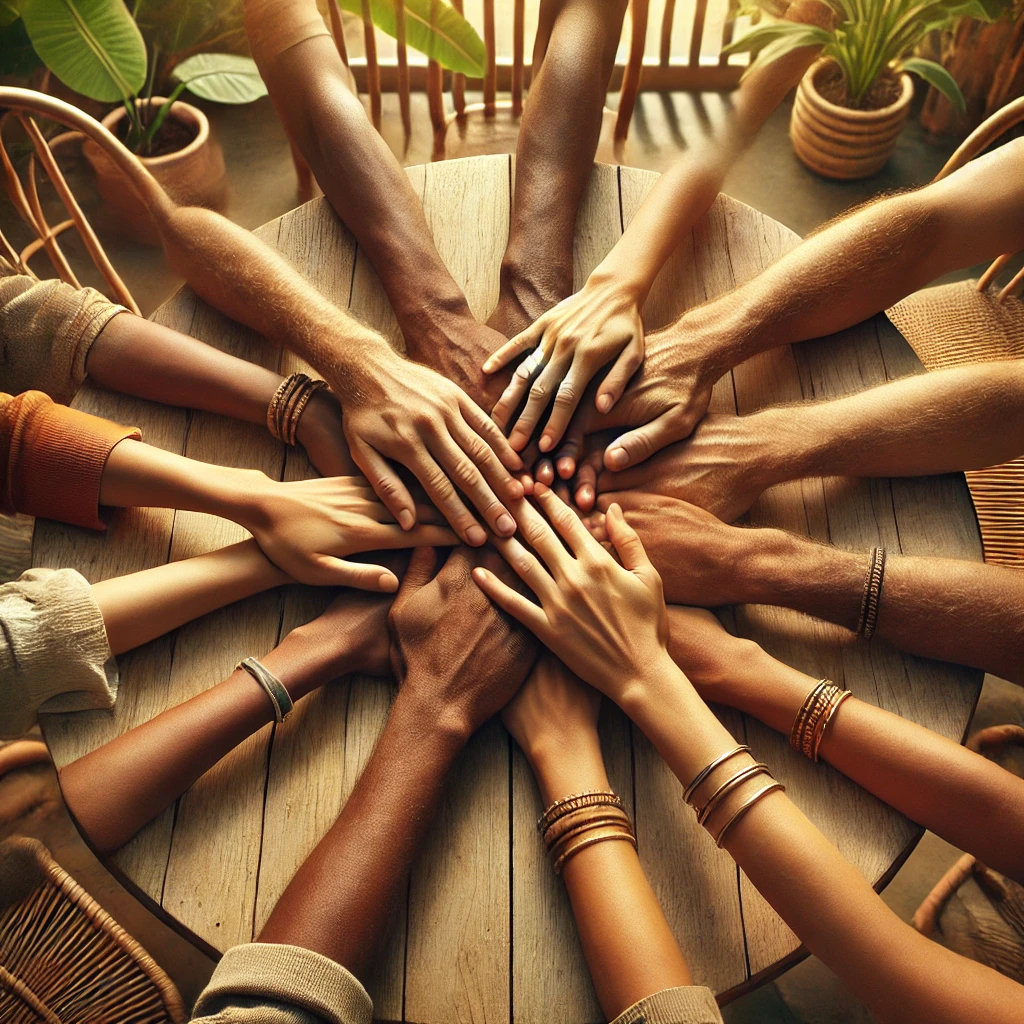The concept of “hiya” stands as one of the most fundamental aspects of Filipino psychology and social behavior, deeply embedded in the collective consciousness of the Filipino people. This complex emotional and social construct, often translated as “shame” or “loss of face,” extends far beyond these simple translations, encompassing a sophisticated system of social norms, behavioral guidelines, and cultural expectations that govern interpersonal relationships in Filipino society. According to Dr. Virgilio Enriquez, considered the father of Filipino Psychology, hiya serves as a core value that works in conjunction with other Filipino cultural concepts such as “pakikisama” (companionship/getting along with others), “utang na loob” (debt of gratitude), and “kapwa” (shared identity). Understanding hiya requires recognizing its role not just as an emotional response but as a crucial social mechanism that helps maintain harmony and order within Filipino communities.
Historical Context and Evolution
Pre-Colonial Roots
The origins of hiya can be traced back to pre-colonial Filipino society, where community cohesion was essential for survival and prosperity. Archaeological and anthropological studies conducted by the National Museum of the Philippines indicate that early Filipino communities operated on complex social hierarchies and mutual obligation systems. These ancient social structures laid the groundwork for what would eventually evolve into the modern concept of hiya. During this period, the shame complex served as a natural regulatory mechanism that helped maintain social order without the need for formal legal systems.
Colonial Influence and Transformation
The Spanish colonial period (1521-1898) significantly influenced the evolution of hiya, introducing Catholic guilt concepts that merged with indigenous shame-based social controls. The American colonial period (1898-1946) further transformed this cultural value, introducing Western individualistic concepts that created an interesting tension with traditional communal values. Research by historian Reynaldo Ileto suggests that this colonial experience intensified the hiya complex, as Filipinos developed more acute sensitivity to social judgment and hierarchical relationships.
The Components of Hiya
Here’s a structured breakdown of the key components that constitute the hiya complex:
| Component | Description | Social Impact |
|---|---|---|
| Social Awareness | Acute consciousness of others’ opinions and judgments | High sensitivity to social cues and feedback |
| Face-Saving | Actions taken to maintain dignity and respect | Careful management of public image and reputation |
| Moral Obligation | Sense of duty to meet social expectations | Strong adherence to community standards |
| Reciprocal Responsibility | Mutual understanding of social debts and credits | Complex web of social obligations |
Manifestations in Modern Filipino Society
Professional Environment
In the workplace, hiya manifests in various ways that significantly impact professional relationships and organizational dynamics. A 2022 study by the Asian Institute of Management showed that 78% of Filipino employees consider maintaining harmonious relationships more important than direct confrontation about workplace issues. This often results in unique communication patterns where indirect feedback and non-verbal cues play crucial roles in professional interactions. The study also found that 65% of Filipino managers prefer using intermediaries to deliver negative feedback to subordinates, demonstrating how hiya influences organizational communication structures.
Educational Settings
The impact of hiya in educational contexts reveals both challenges and advantages. Research published in the Philippine Journal of Psychology (2021) indicates that 82% of Filipino students experience hesitation in asking questions during class discussions due to hiya-related concerns. However, the same study showed that this cultural value also promotes positive behaviors such as respectful student-teacher relationships and high levels of academic integrity, with 91% of students citing hiya as a major factor in avoiding academic dishonesty.
Psychological and Social Implications
Mental Health Considerations
The relationship between hiya and mental health presents a complex picture in Filipino society. According to the Department of Health’s 2023 Mental Health Survey, approximately 35% of Filipinos report experiencing anxiety related to social judgment and perceived failures to meet community expectations. The study identifies hiya as both a protective factor (promoting prosocial behavior) and a potential source of psychological stress when expectations become overwhelming.
Social Cohesion and Community Building
Hiya plays a vital role in maintaining social cohesion within Filipino communities. Research from the University of the Philippines’ Department of Sociology (2022) demonstrates that neighborhoods with strong hiya-based social norms show higher levels of community participation (73% higher than communities with weaker traditional values) and lower rates of social conflict (45% lower than the national average).
Impact on Decision-Making and Behavior
Personal Choices
The influence of hiya on personal decision-making is significant and measurable. A comprehensive study by the Philippine Social Science Council (2023) revealed the following patterns:
| Decision Area | Percentage Influenced by Hiya | Primary Manifestation |
|---|---|---|
| Career Choices | 67% | Following family preferences |
| Marriage/Relationships | 72% | Considering family approval |
| Financial Decisions | 58% | Maintaining social status |
| Educational Paths | 63% | Meeting social expectations |
Group Dynamics
In group settings, hiya shapes interaction patterns and decision-making processes in distinctive ways. Research from De La Salle University’s Behavioral Sciences Department shows that Filipino groups tend to reach consensus through indirect communication and careful attention to non-verbal cues, with 85% of group decisions being influenced by the desire to avoid causing hiya to any member.
Contemporary Challenges and Adaptations
Digital Age Impact
The digital revolution has introduced new dimensions to how hiya operates in Filipino society. Social media platforms have created new spaces where traditional shame-based social controls adapt to virtual environments. A 2023 study by the Philippine Internet Research Society found that 82% of Filipino social media users actively manage their online presence to avoid bringing hiya to themselves or their families, demonstrating how traditional values transform in digital spaces.
Generational Shifts
Recent sociological studies indicate evolving interpretations of hiya across generations:
| Generation | Primary Understanding of Hiya | Behavioral Expression |
|---|---|---|
| Baby Boomers | Traditional social obligation | Strict adherence to social norms |
| Generation X | Balance of tradition and pragmatism | Selective application |
| Millennials | Reinterpreted social consciousness | Flexible adaptation |
| Generation Z | Individual and collective responsibility | Digital-age expression |
Future Perspectives and Cultural Preservation
As Filipino society continues to modernize and globalize, the role of hiya evolves while maintaining its core significance. The National Commission for Culture and the Arts reports that 89% of Filipinos across all age groups still consider hiya a relevant and important cultural value, even as its expressions adapt to contemporary contexts. This suggests a dynamic future where traditional values find new relevance in changing social landscapes.
Conclusion
The hiya complex remains a central force in shaping Filipino behavior and social interactions, demonstrating remarkable resilience and adaptability in the face of modernization. Its continued influence across various domains of Filipino life – from professional environments to personal relationships – underscores its fundamental role in Filipino cultural identity. Understanding and appreciating the nuances of hiya provides valuable insights into Filipino psychology and social behavior, contributing to more effective cross-cultural interactions and cultural preservation efforts.
Disclaimer: This article is based on academic research and verified data from reputable sources as of 2024. While every effort has been made to ensure accuracy, cultural interpretations and expressions of hiya may vary across different Filipino communities and contexts. Please report any inaccuracies or outdated information to our editorial team for prompt review and correction. This content should be considered as an academic overview rather than a definitive guide to Filipino cultural behavior.




